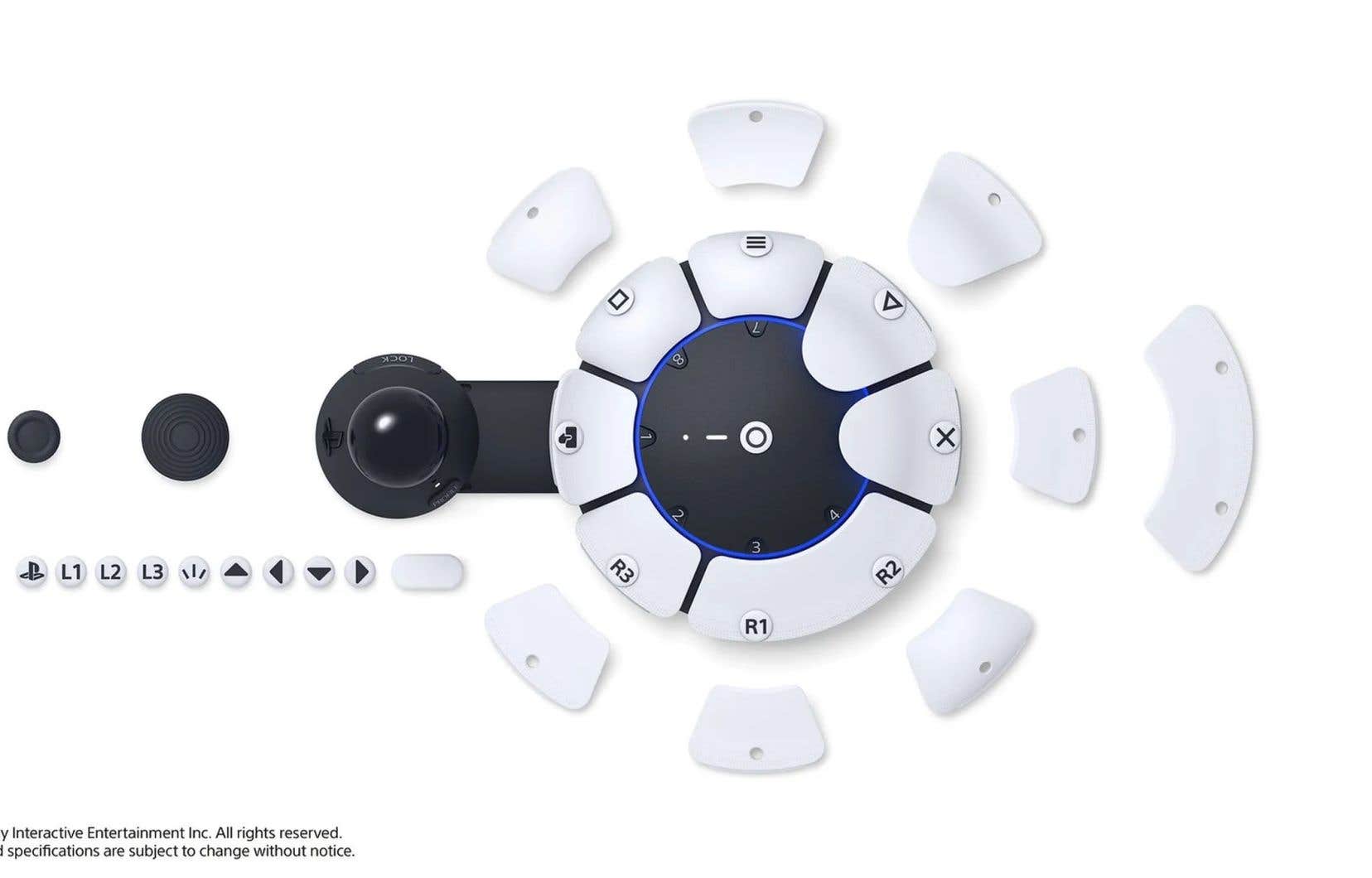Apple will soon allow its iPhone to synthesize your voice. Sony created Project Leonardo to develop the most universal video game controller possible. Microsoft believes that AI will break down this final frontier that prevents a billion people around the world from having access to a better quality of life.
Today, more than a billion people live with a visual, motor, mental or cognitive disability that prevents them from having access to all kinds of virtual and digital experiences. These are opportunities to socialize less. Possibly missed opportunities to find a job or get a promotion.
The widespread digital shift of the economy — including government services — promises to make a host of products and services more accessible, from anywhere and at almost any time. Except when you can’t handle a capricious mouse. When the microphone fails to convey its message. When a keyboard, however ergonomic, is too cumbersome to be really practical.
These peripherals were not necessarily designed to make it easier to interact with the digital world. Your PC’s keyboard format was inherited from typists who constantly got the pins tangled up. The shape of the modern computer mouse is more likely to hurt your arm and shoulder than help you draw a perfectly straight line on the screen.
And the microphone, the one millions of people forget to turn on before breaking into a video call, can’t pick up the possibly quavering voice of someone with amyotrophic lateral sclerosis, or ALS, Lou’s disease. Gehrig, a neuromotor disorder that affects the muscles and can make it very difficult to use his voice.
Play without borders
Of the one billion people in the world who live with a disability, 6.2 million live in Canada. It is a significant part of the population and it is of increasing interest to manufacturers of electronic and computer devices. In its Project Leonardo, Sony wanted to develop a universal controller that can be picked up or placed on a flat surface, and all the keys are accessible.
A controller like the PlayStation 5’s DualSense has keys of all sizes, ranging from small to very small. The Project Leonardo has a wide, rounded shape, where all the keys are the same size. Each of the keys can be customized to send the signal of their choice.
“Players can modify the components to create a variety of control key layouts. The distance between the joystick and the keyboard can be modified to accommodate any gamer,” said Sony Interactive vice president of gaming experience Hideaki Nishino earlier this year.
Tailor-made megaphone
The technology behind deep fakes (deepfakes) can be leveraged to make digital environments more welcoming to everyone. That’s the decision of Apple, which will release three new accessibility features later this summer through a software update for its iPhone.
The most intriguing of the three is the one that will allow you to use your phone as a voice synthesizer. It will suffice to answer a short questionnaire so that the device becomes familiar with your voice and your intonations. Fifteen minutes later, he will be able to imitate your voice. A series of key phrases can also be recorded in advance to be used quickly during video calls. The rest of the time, it will be possible to type text on the phone screen, and the device will read them aloud.
In addition to this voice recognition, there is also visual recognition. Computer vision has made advances in recent years that could compensate for some eye disorders. Around the same time, Apple and Google each introduced an app that uses a smart phone’s camera to locate nearby objects and notify the user of their presence.
With the right algorithms, a phone can easily recognize given objects, people or environments. The application developed by Google was able to decode the contents of a purse, including the value of the paper money notes it contained.
Innovation for all
There are various reasons why tech giants are showing renewed interest in the accessibility market. There is certainly an effect of the greater desire of large multinationals to improve their social impact. The most cynical will recall that in the almost saturated market of electronic products, it is a means of targeting a clientele that has been somewhat neglected up to now.
Microsoft kind of kickstarted the current momentum toward greater accessibility with its Xbox console, a little before the pandemic. At the time, the bet taken by its engineers was that easier to handle game accessories would be welcomed not only by people who had difficulty using them, but by all gamers.
If it’s good for a billion people, it’s good for everyone.
